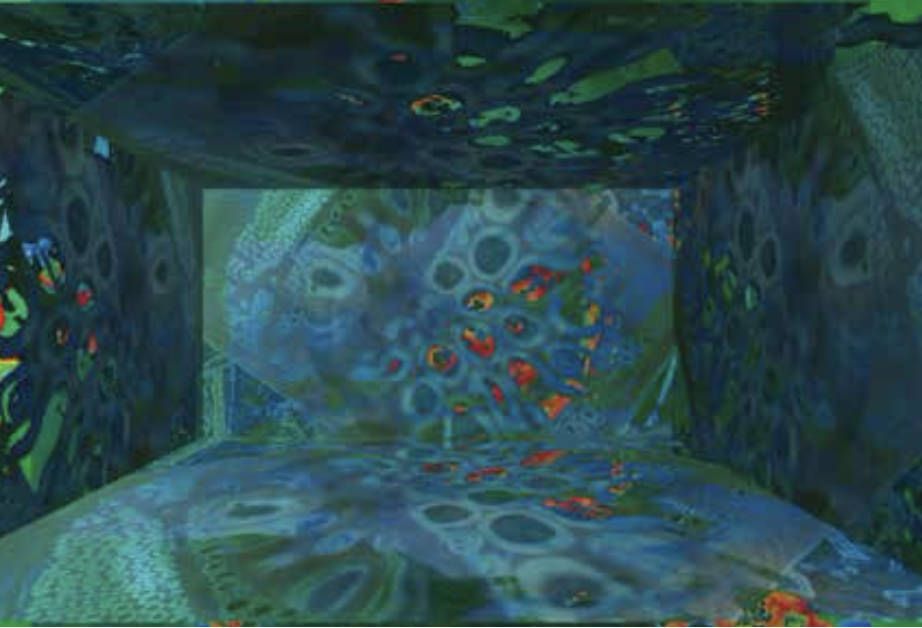Plankton, a wonderful aquatic world
Take a deep breath and thank the plankton, the fabulous drifting or- ganisms from under the ocean surface. This is where life started from, and on which it is based! Plankton releases half the oxygen we breathe, and retains significant part of carbon dioxide, restricting the negative influence of the greenhouse effect. Plankton also forms the base of the marine food web, it contributes to the production of fossil fuels and promotes cloud formation, thus influencing the climate.
However, plankton beyond its vital role has also great aesthetic value, ow- ing to the great variety of forms and symmetries that planktonic organisms develop for their adaptation to water. A variety that cannot be observed to such a degree in other aquatic or terrestrial organisms. Since the 18th century plankton has inspired many scientists of the sea who have acknowledged its importance both from a biological and an artistic point of view. A lead- ing example was the German biologist, philosopher and artist Ernst Haeckel (1834-1919), who has illustrated with exceptional precision many planktonic species in his famous art book Art Forms in Nature, later published as a se- ries of wonderful lithographs. A landmark work, not only for marine biology but also for art, since it has influenced many important artists, such as Wasilly Kandinsky (1866-1944). In our days, some marine biologists, recognizing the beauty of plankton, have created fabulous photographs and short documen- taries using state-of-the-art optical technology, combining science with art. Contemporary artists as well, in collaboration with scientists, create unique paintings, sculptures, even public installations inspired by plankton.
Thus, even though there are clear-cut differences between science and art, as far as subject matter and the ways of approaching it are concerned, a dia- logue between them is to be very fertile. Considering a holistic type approach to the wonderful “unseen” side of the aquatic environment, the exhibition
“Plankton: Wonders of life” aims to promote the aesthetic value of plankton in combination with its vital role. The collaboration of art and marine science strives to raise public awareness about the beauty and importance of plank- ton, as well as to enhance aesthetic and ecological sensitivity to nature and the living world.
The exhibition “Plankton: Wonders of life” was first presented at the G. Gouna- ropoulos Museum in Athens during the period 18 April to 16 June 2018.
For hosting this exhibition at the Archaeological Museum of Patras we thank the Head of the Ephorate of Antiquities of Achaia, Ms. Anastasia Koumou- si and all the Governing Board. In particular, we thank the archaeologist Ms. Nikolitsa Koutsoumbeliti for her collaboration and contribution to the imple- mentation of the children’s educational program, as well as the archaeologist Yannis Moschos, the guard in chief Mr. Sophia Malla and the staff of the Mu- seum for their support. We are grateful to the artists for their participation, as well as the scientists for holding lectures during the exhibition. We also thank the art historian Dionissia Giakoumi, curator G. Gounaropoulos Museum, for her theoretical documentation. Finally, we thank the University of Patras and the Hellenic Center of Marine Research under the auspices of which the exhi- bition is held, as well as our valuable sponsors for their support. Special thanks are due to the sponsor G. Kotronis not only for his financial support, but also for his personal involvement and his staff in the presentation of the exhibition.
Nina Fragopoulou, Marine Biologist, PhD Athina Latinopoulou, Artist
